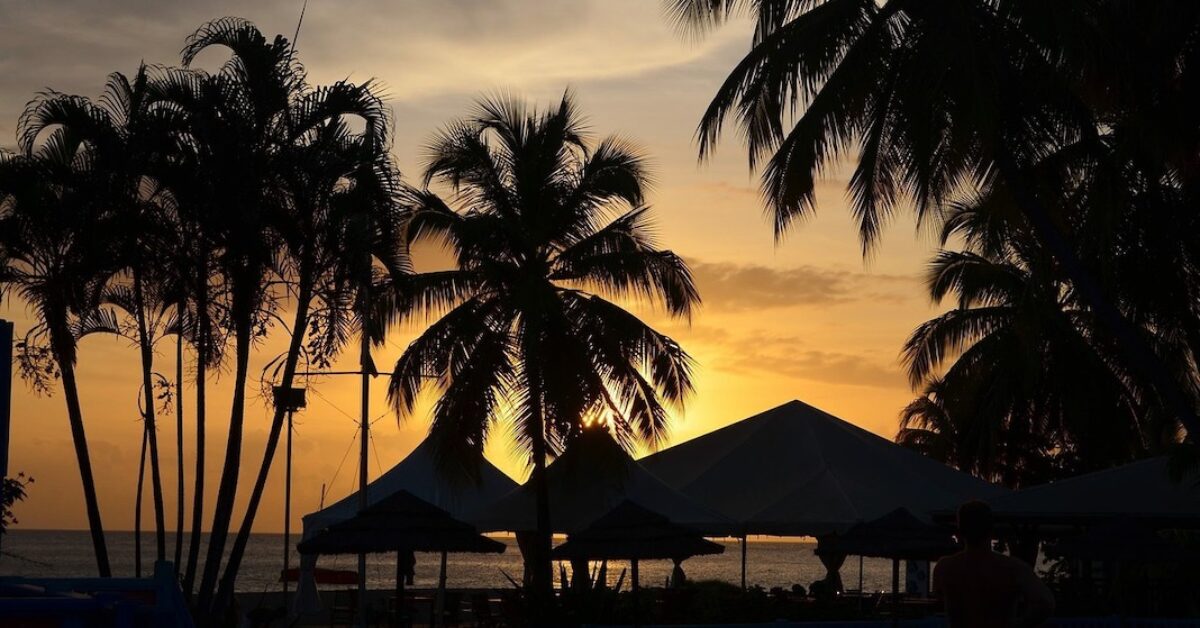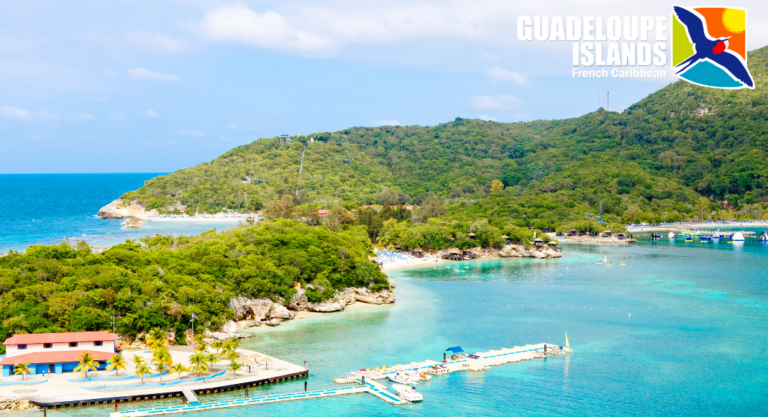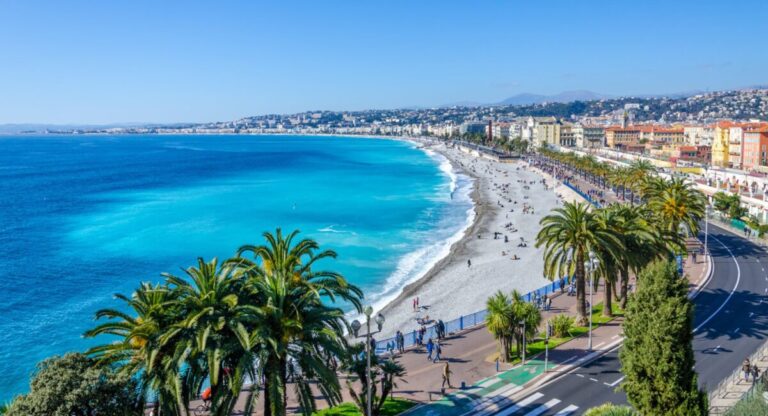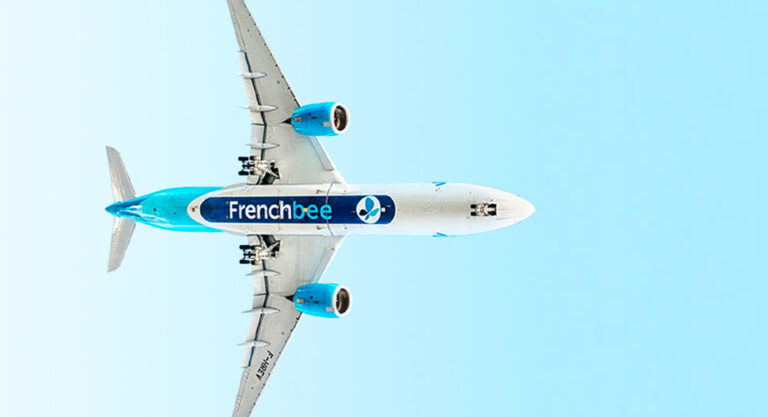If you’re craving a slice of southern France but don’t have time to make it across the pond, the island of Martinique is only a mere 4 hours away by plane. Located in the heart of the Caribbean, the island was first colonized by France in 1635. By 1946, the island went from being a colony to an overseas département of France, complete with French laws and politics, with Fort-de-France as its capital. With miles and miles of sandy white beaches, rain forests, and arching coconut palm trees, Martinique combines with that certain je ne sais quoi influenced by French culture and cuisine, and is perfect for both the adventure-seeker and sunbather.
Pour l’aventure.
The Pompeii of Martinique is located in the northern seaside town of Saint-Pierre, where the catastrophic eruption of Mount Pelée occurred in 1902. Here you’ll get a stunning view of the sea and the mountains, as well as an adventurous hike along the destructive yet scenic path of the volcano—which still has some activity today!
For those who want to steer clear of the tourists, the south of Martinique is the place to be! From wakeboarding to kitesurfing to sailing, each winter season hundreds of French adventure-seekers flock to the southeast surf town of Le Vauclin to practice their sports nautiques at UPCA, a renowned French outdoor sports school for young adults on holiday.
L’Anse Dufour is a cove located in Les Anses d’Arlet. Here, you can go snorkeling in the coral reef to find fish and sea turtles! Beware of sea urchin and fire coral.
Pour le soleil.
One of the most popular beaches in Martinique is Les Salines, which boasts a classic Caribbean scenery with calm waters, soft, white sand and arching coconut palms. (Don’t make the mistake of climbing these for that Insta photo, as you will be swarmed by fire ants.) This one kilometer-stretch of coast is found just south of the village Sainte-Anne at the southern tip of the island.
If you’re craving a Moana movie-esque Fiji-style island oasis, the recommended beach would be Le Diamant, literally because there’s a giant rock in the water—aka, the Diamond! Located in the southwest, La Plage du Diamant is perfect for a picnic under the shade or boogie-boarding in clear, crystal blue waves.
Pour l’alcoolique.
With rum distilleries throughout the island, Martinique is renowned for producing some of the best rums in the world. These rums have even been awarded the “appellation d’origine controlee,” a quality mark previously reserved only for French wines and cheeses. Island. Sun. Rum. What else do you need?
Pour la gastronomie.
The abundance of both French and Creole restaurants makes Martinique not only a tropical paradise, but a paradise for foodies as well. Martinique counts more than 400 restaurants that range from high-end gourmet to snack shacks. The typical Martinique dish is seafood, made with the lightest and healthiest of lemon vinaigrettes or Creole style coconut broth-based chicken.
Case Coco Restaurant: French Caribbean cuisine based on local traditional dishes, located on the seaside of Sainte-Luce. (58 Rue Victor Schoelcher, Sainte-Luce; Tel: +596 596 62 32 26)
La Mandolin: Gourmet-style authentic French cuisine with local island ingredients. (Les Trois-Îlets, Tel: +596 596 69 48 38)
Pour le culture.
The quickest (and arguably most fun) way to learn the island’s culture is dancing to the local Creole music! This can be found at any bar or café anywhere on the island. The majority of the locals speak only Creole and French, which is perfect for advancing your French language skills. If you are staying anywhere in the north of the island, you should be fine to get by with English, however it helps to bring a French buddy with you in the less touristy southern towns. Either way, smiling is in the island’s culture, and the locals are always approachable and friendly.
L’Hôtel Cap Macabou: Located in the south of the island with live music, dancing, theme nights, and holiday celebrations. (Petit Macabou, Le Vauclin; Tel: +596 596 74 24 24)
Wahoo Café: Beach-side bar with fun island vibes. (Grande Anse Beach, Le Carbet; Tel: +596 596 74 69 95)
Getting Around.
Have you ever actually seen a chicken crossing the road? Well, you certainly will here! The most enjoyable way to get around the island is to rent a car; within an hour you can find yourself discovering any inch of the island—mountainous narrow roads overlooking the rainforests and surrounding blue waters, goats and chicken meandering the dirt roads, and friendly locals always smiling and happy to give you directions. Pro-tip: Non-stick shift drivers will have to book well in advanced as 99% of the cars on the island are European manuals.
Where to Stay.
Airbnbs are your best bet—the cheapest prices can be found in non-tourist-oriented towns at the center of the island, such as in Saint-Esprit, which can make it easier to access all coasts of the island in less time. The center of the island is filled the majority of the island’s rainforests punctuated with tropical plants, fruits, lilies, and lotus blossoms, where you can find hummingbirds buzz in the fragrant air. Be sure to pack mosquito repellant as they are notorious for flocking towards foreign blood. Pro-tip: Find an Airbnb with a hammock. You won’t regret it!












